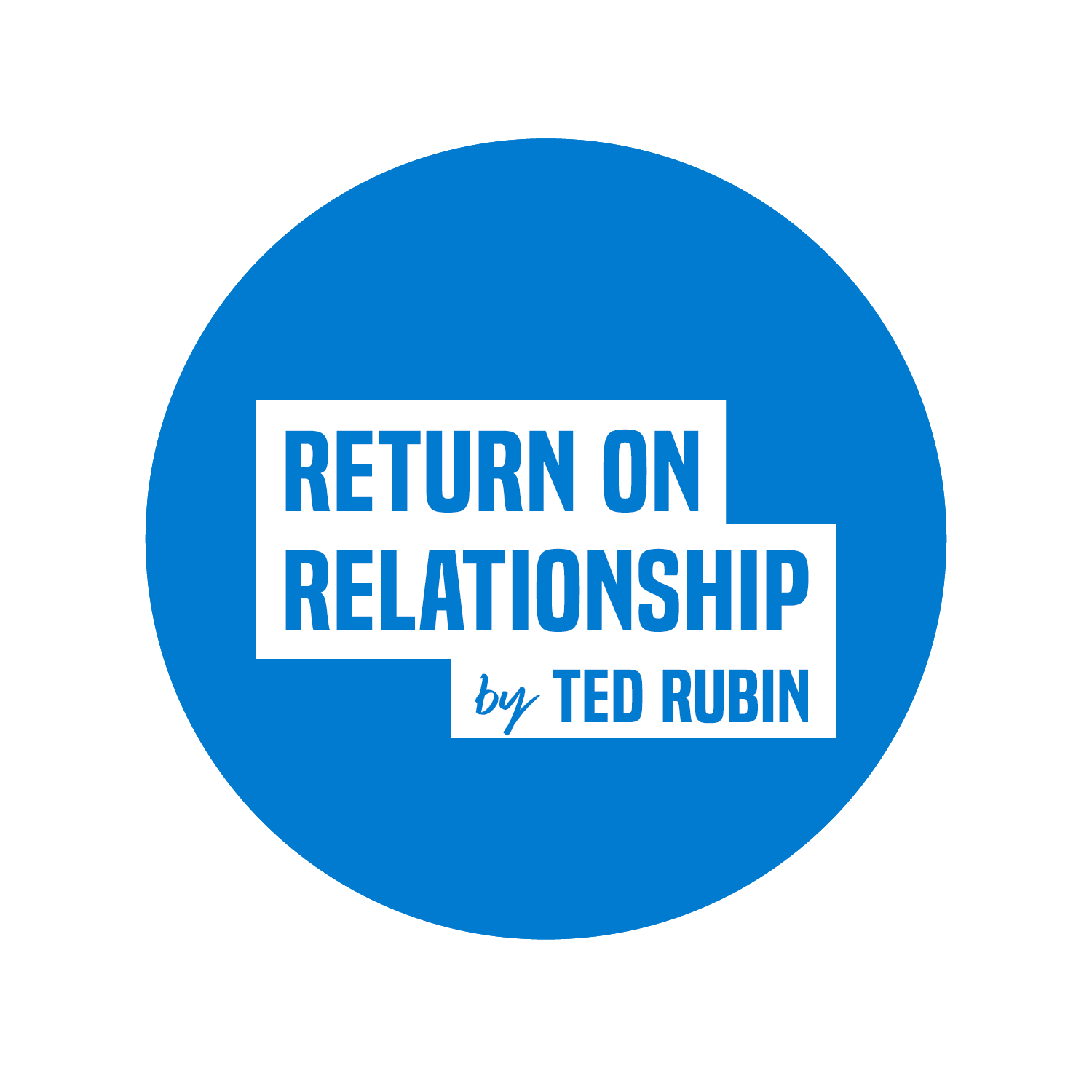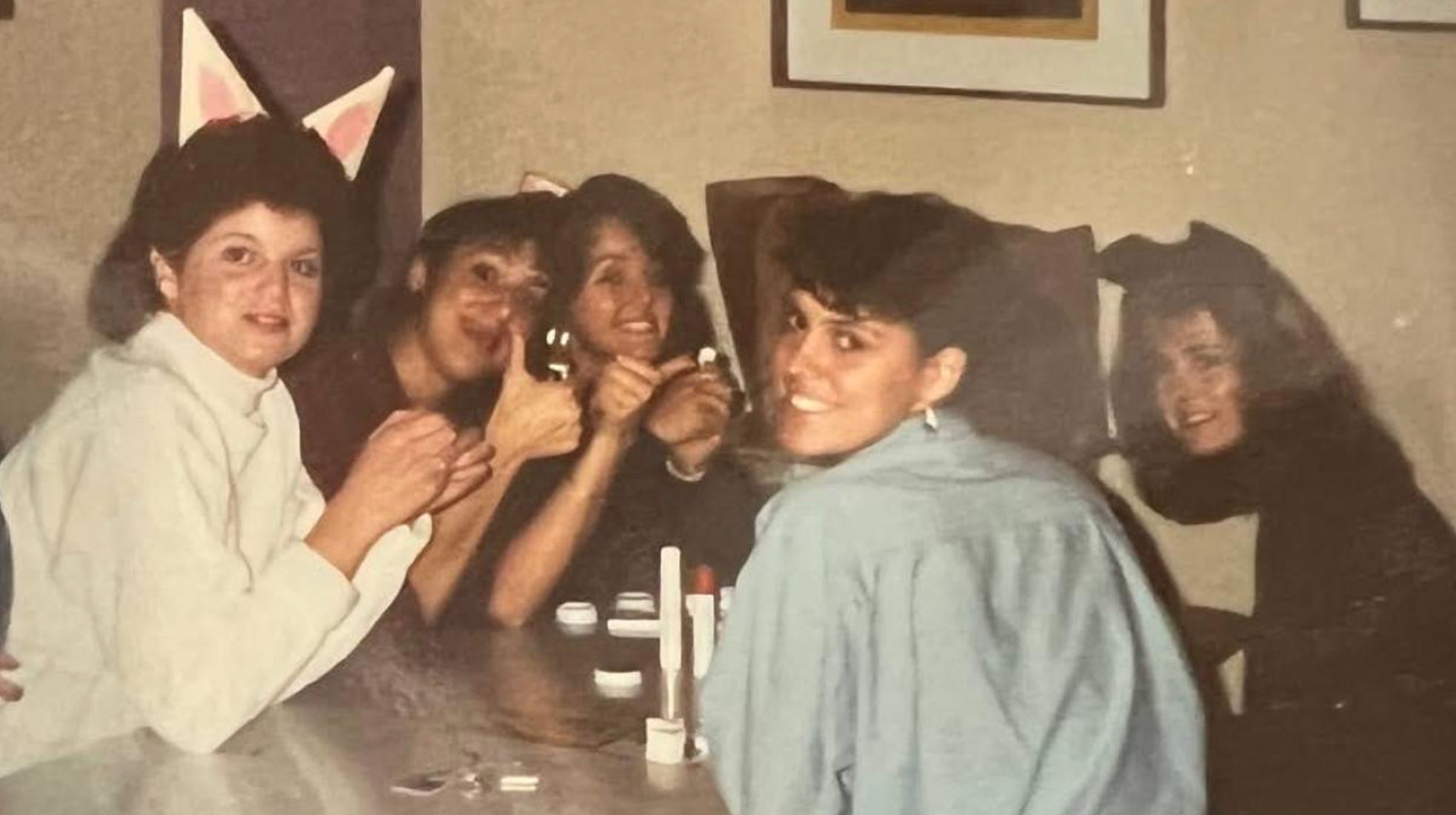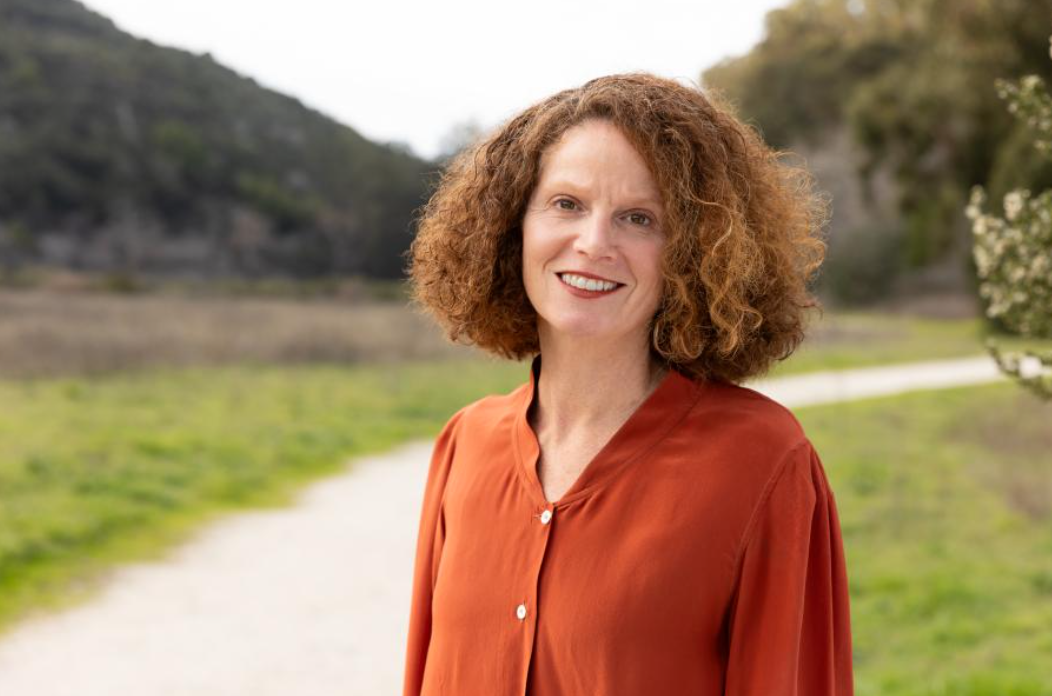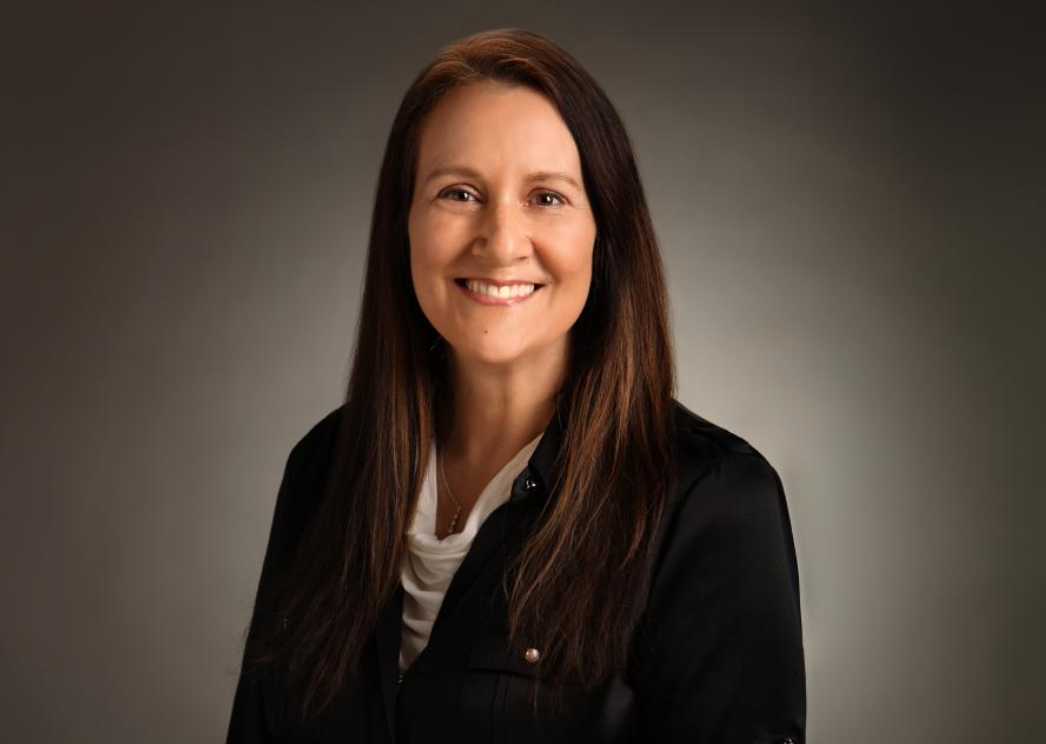The Gift ~via Karen Sales
Thank you so much Karen, for sharing your story. A Network gives you Reach; A Community gives you Power!
“The power of networking ... actually saved me! 5 short months ago - and I will be eternally grateful to Shannon Hughes for her gift of life. Please, share with others to learn about live liver transplant~ there is a much greater need than there are organs available. It is a true miracle. A big thank you to our Alma Mater University of Puget Sound for sharing our story.” ~Karen Sales /Ted
Karen Sales needed a living donor to save her failing liver. She never dreamed that the person who stepped up would be a fellow Logger.
When Shannon Hughes ’92 and Karen Moore Sales ’92 were students at Puget Sound in the late 1980s, they knew of each other, but they weren’t much more than acquaintances. They were both interested in business careers, but Hughes majored in business administration and Sales was in the Business Leadership Program. They both lived in Anderson/Langdon Hall, but Hughes was on the basement floor and Sales was on the second. They were both in sororities, but Hughes chose Pi Beta Phi while Sales opted for Alpha Phi. Today, each has only a vague memory of the other. “We had friends in common, but I think maybe it wasn’t the right time in our lives to get to know each other,” Hughes says. “Maybe we weren’t at a place where we needed to find each other.
“And then, 30-plus years later, there was a need.”
That need arose when Sales, who had battled health problems for years, learned last year that she needed a liver transplant. Unable to qualify for a cadaver donor, she posted a plea on Facebook, seeking a living donor who would be willing to offer a part of their own liver. It was a long shot, but Sales says she was encouraged by others to share her story.
Hughes, through mutual Logger friends, saw the post and stepped forward. And on Sept. 22, 2023, at University of Washington Medical Center in Seattle, Hughes donated a part of her liver to Sales, saving her life.
Karen Moore Sales ’92 (left) and Shannon Hughes ’92 in Seattle, just before the surgery in which Hughes gave Sales a portion of her liver.
“Finding a person like this who is willing to come into my life and make such a big difference has been huge in so many ways,” Sales says. “It was hard to get my head around that somebody would do that for me.”
After graduating from Puget Sound, Hughes and Sales pursued roughly parallel career paths. Hughes went through Seattle University’s Executive Leadership Program and spent 30 years at Weyerhaeuser, culminating in a position as sales director for the company’s lumber product line. She recently retired and now lives in Carmel, Calif. She has also volunteered for her alma mater, serving on the Alumni Council and as chair of the Business Leadership Council, and in 2022, she won the university’s Service to Puget Sound Award. Sales, meanwhile, earned an MBA from the University of Oregon and worked in sales and marketing; today, she’s owner of KSMarketing LLC in Boise, Idaho.
The two women didn’t know it, but the road to really getting to know each other started in the early 2000s, when Sales began to deal with psoriatic arthritis and other autoimmune ailments. She took a combination of immune-suppressing medications for nearly 15 years. Then, in 2015, she was diagnosed with Stage 3 breast cancer. She underwent a double mastectomy and had numerous lymph nodes removed from her arm. Doctors believe that the chemotherapy and hormone therapy that followed, coupled with the cumulative effect of the immunosuppressants she already had been taking, caused permanent damage to her liver.
"Finding a person willing to come into my life and make such a difference has been huge. It was hard to get my head around the idea that somebody would do that for me."
Despite efforts to maintain a healthy lifestyle during the COVID-19 pandemic, including weight loss and careful dietary choices, Sales’ health began to decline. Acute stomach pain in the summer of 2020 led to an emergency room visit, which revealed ascites, an excess of abdominal fluid—a sign of end-stage liver disease.
“I had already dealt with the fear of dying and needing to live your life as much as you can because I had been through the cancer situation several years prior,” Sales says. “The thing that scared me was I had fewer options and fewer chances because of the cancer being there. But immediately, I was like, ‘OK, I have to fight this.’ I wasn’t going to give up.”
Since Sales was only 51 years old and in relatively good health, she didn’t immediately qualify for a cadaver liver transplant, as those are typically reserved for sicker patients who need one urgently. Thus, she embarked on a journey to evaluate programs offering transplants from living donors. She traveled from her home in Idaho to visit hospitals in Washington, Utah, and Arizona in spring 2021, trying to find the right surgery and recovery team. Ultimately, she selected the University of Utah and the University of Washington.
In the two years that followed, six friends and family members underwent donor matching, but none were viable. Sales took to social media: In February 2022, she wrote a heartfelt post on her Facebook page, explaining her situation and urging friends to consider becoming a living donor. Even if they wouldn’t be a match for her, she hoped they could help someone else. At first, Sales hesitated to hit the “post” button, not wanting to burden anyone else with her troubles. However, she knew she had to try everything possible to increase her chances of finding a donor.
Before the surgery, Sales found a photo she had taken during her Puget Sound days. She hadn’t realized it, but Hughes was in the photo.
The aftermath of her post resulted in numerous likes, heart emojis, and prayers for healing and for a donor to be revealed. But no outright offers. Then, months later, she noticed a message request from someone not on her friends list. It was from Shannon Hughes.
Hughes had taken a month-long break from social media while hiking and traveling and had only just gotten back on it when she saw Sales’ post on the Facebook page of a mutual friend. Her gut reaction was to say “yes” right away. Something pulled inside of her, urging her to reach out and do whatever she could to help. “I could have read the post and just scrolled past it, but there was something about it that caught my attention,” Hughes says. “I think part of that was that I was ready for a new journey, and I was open to a new experience.”
But before she reached out to Sales, she wanted to understand what the surgery entailed. So, she did her own research on organ donations.
A living donor liver transplant involves taking a portion of a healthy liver from a living person and transplanting it into someone whose liver is no longer working properly. The recipient’s new liver begins to function immediately after surgery, and the donor’s liver regrows and returns to its normal size and function within about four months.
“It only takes a couple of weeks for a healthy liver to replace over half of its original size,” says Leslie Saucedo, professor of biology at Puget Sound. “This is likely due to its normal function—which includes filtering and removing toxins from our blood. This function likely causes a fair amount of damage to our livers on a regular basis, and so the ability to quickly replace it with new cells is already in place.”
For the recipient, the transplant can be, quite literally, a lifesaver. For most recipients of living donor liver transplants, the five-year survival rate is more than 90%. Still, there’s some serious healing that needs to take place immediately after the surgery.
“All surgeries are pretty traumatic from the point of view of the body. Even with all the medical technology and medications in place, the body is responding to a serious wound,” Saucedo says. “Inflammation is a primary response, and then there is the slow work of the body removing, repairing, and replacing cells and tissues that were disrupted during the surgery.
“With organ transplants, there is the added concern of rejection, especially if the match isn’t as strong, and usually a need to suppress the immune system to reduce the chances of rejection.”
According to Saucedo, the human body has special proteins—human leukocyte antigens, or HLAs—that help it tell the difference between its own cells and cells from other people. Prospective donors undergo tissue sampling to make sure their HLAs are as close to the recipient as possible. This helps prevent the body from rejecting the new organ.
"My husband and I both agreed that we would regret this our whole lives if we didn’t support her."
As Hughes read about the science, she weighed her options. “I would read certain things and say, ‘Oh, that’s something I would never do.’” She has always hated needles, and she hesitated at the thought of taking medications. After the surgery, the donor would need to take over-the-counter pain medicines every three to four hours for weeks while recovering. “Then I’d think, ‘Gosh, maybe I can do it.’ I casually mentioned it to my husband, and he essentially said he would support me if I wanted to do it—even though he didn’t think it was a good idea.” Eventually, she checked her blood type and learned that she was a match.
Shannon Hughes ’92, returned home to California after the surgery. For both recipient and donor, the liver usually regrows to its full size in a few months. Photo credit: Rachel Zee.
Before Hughes got too far into more research, she sent a Facebook message to Sales to reintroduce herself. The two decided to take the next step, which involved Hughes traveling to Seattle for two days of evaluation to see if she could be a donor for Sales. Once Hughes learned that she was a near-perfect match, she says the answer was clear: “My husband and I both agreed that we would regret this our whole lives if we didn’t support her.”
Hughes notified Sales—“I told Karen that I would be honored to be her donor”—but she struggled with telling her friends and family. There were some she didn’t tell until just days before surgery. “How do you explain why a perfectly healthy person would take such a risk?” Hughes recalls. “But I tried to explain it as being willing to experience short-term discomfort in order to make a positive long-term impact.” While some people responded with fear and uncertainty, most— including her parents—were proud and asked how they could support her.
Both women traveled to Seattle and rented Airbnbs for the pre-and post-surgery period, figuring on three weeks for Hughes and three months for Sales. This also gave the Puget Sound grads a chance to get reacquainted and reminisce about their time at the university. The week of the surgery, they met in person over appetizers and introduced their husbands. While reminiscing, they came across an old photo that Sales took of five classmates when they were undergraduates. Hughes, it turns out, is in the photo.
Despite their years apart, Hughes and Sales were able to reconnect and find lifelong friends in one another. “My only regret is that we didn’t start hanging out sooner,” Sales says.
Karen Sales ’92 is back home in Idaho following a successful surgery. Photo credit: Brad Hollenbaugh.
The surgeries finally took place at UW Medical Center on Sept. 22. Hughes’ surgery took seven hours; Sales’ took nine. (Each woman, within half an hour of waking up, asked how the other was doing.) After five days, Hughes was released to recover at her rental place near the hospital, then returned home to California. Sales was readmitted to the hospital a couple of times post-surgery so her medical team could give her additional fluids and adjust her medications. She was able to head back to Idaho the week of Thanksgiving.
Today, both women are recovering at home and have switched their focus to sharing their story with others. They hope it will inspire others to consider live liver donation. “Even one person learning about this could save a life,” Sales says. “That, to me, is very powerful.”
FIVE THINGS TO KNOW ABOUT LIVER TRANSPLANTS
Karen Moore Sales ’92 (left) and Shannon Hughes ’92 (right) with a liver-shaped cake celebrating their surgery.
Karen Sales and Shannon Hughes wanted to share their personal story with the goal of raising awareness and debunking myths associated with live liver donations. While the surgery can be complex, it is safe and effective for both donors and recipients.
1. Living liver donors typically have shorter wait times for surgery than recipients waiting for a cadaver liver.
2. Live liver donation can save additional lives: When a person donates a portion of their liver, it frees up a cadaver liver for another patient in need.
3. Prospective donors don’t incur any expenses related to the evaluation, surgery, hospitalization, or immediate post-operative care. The recipient’s insurance usually covers the donor’s medical expenses.
4. Living liver donors have excellent long-term outcomes. Most donors’ livers return to their normal size and function within a few months.
5. There is no evidence that donating a liver affects the ability to have children. Doctors typically recommend waiting three to six months post-surgery to allow the body sufficient time to heal before considering pregnancy.
More information is available from the American Liver Foundation at liverfoundation.org.









